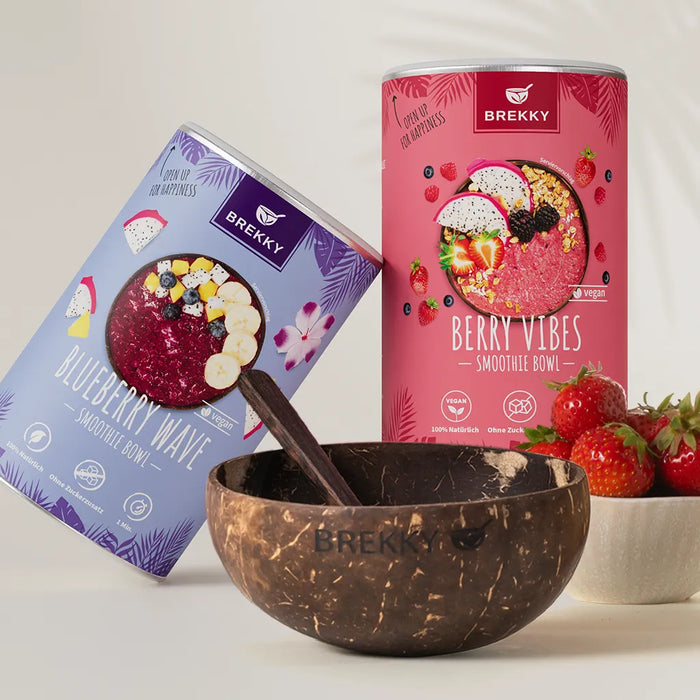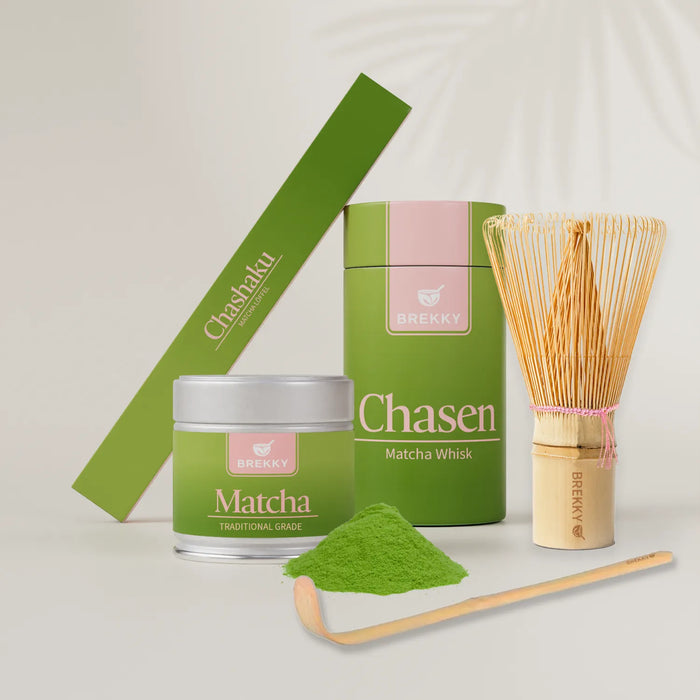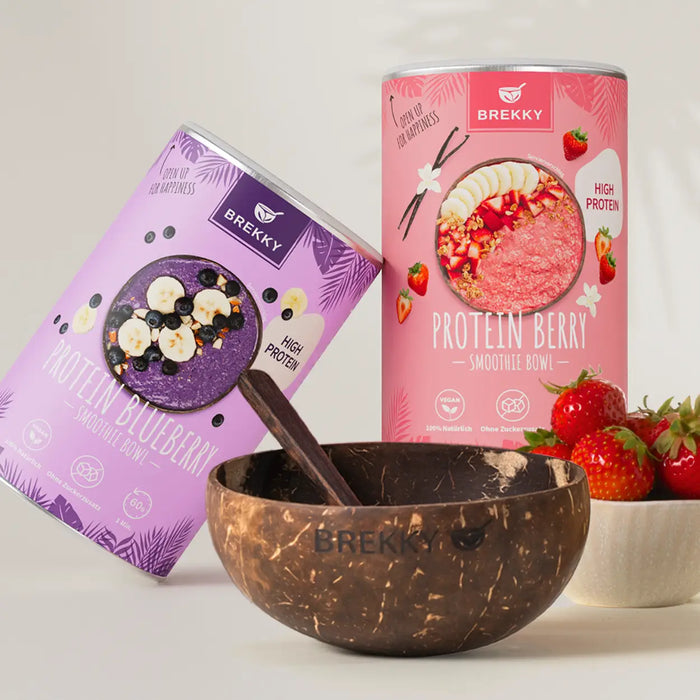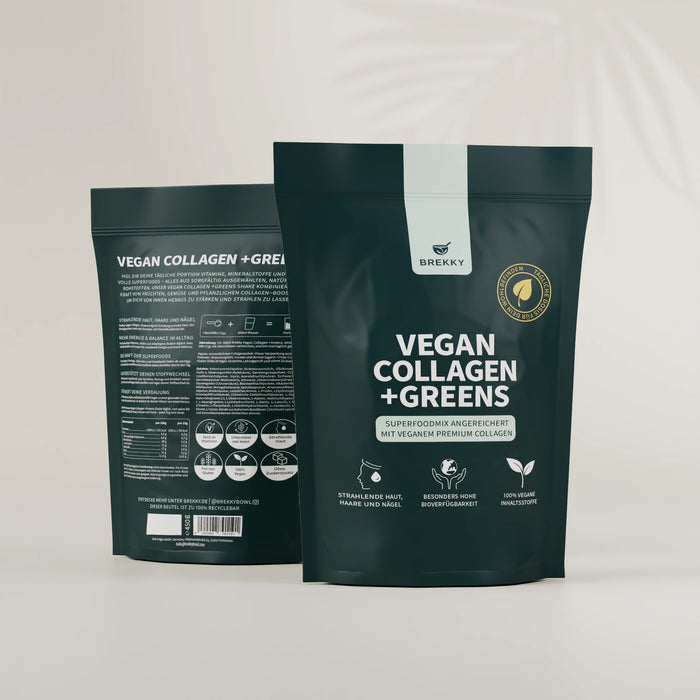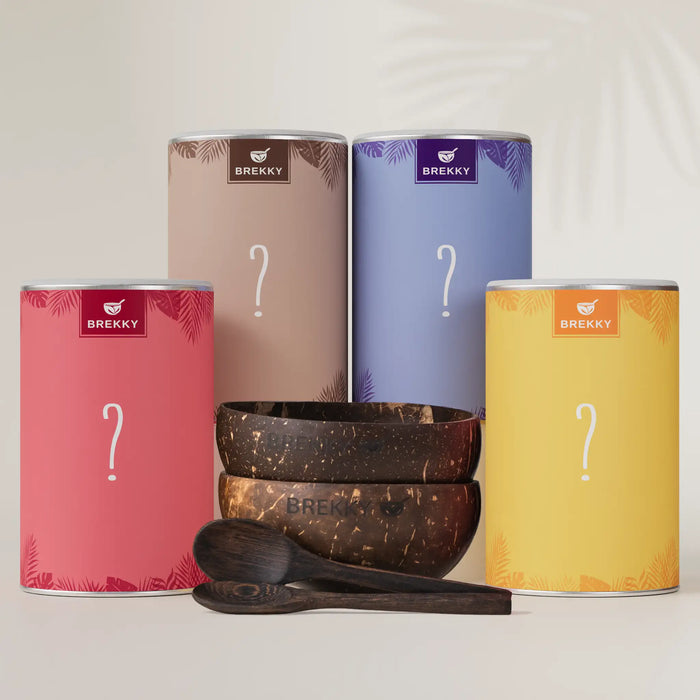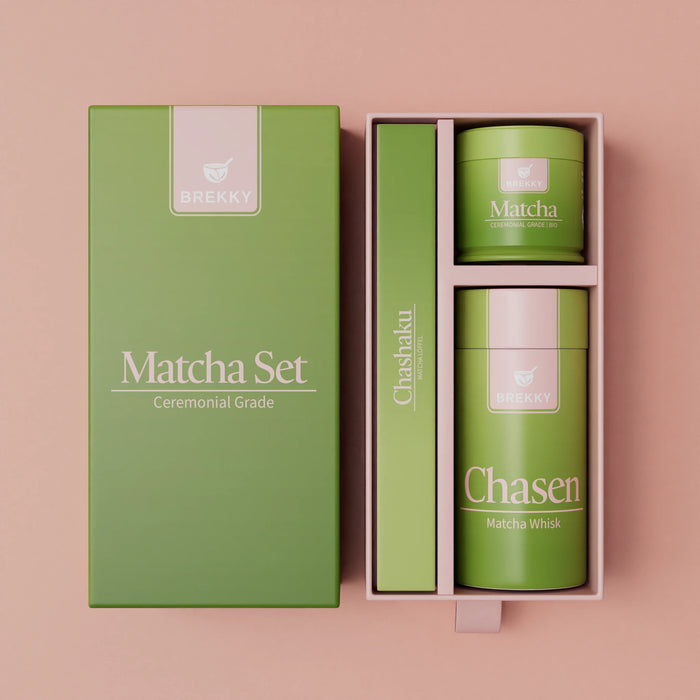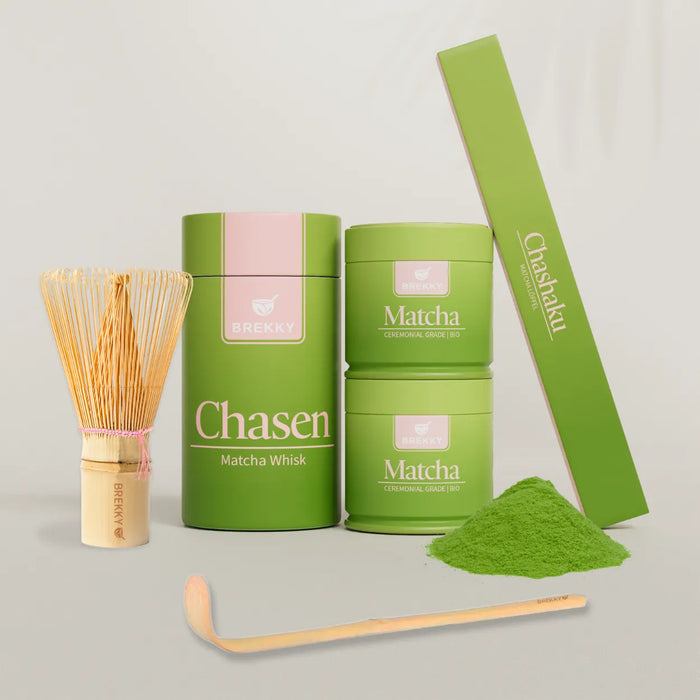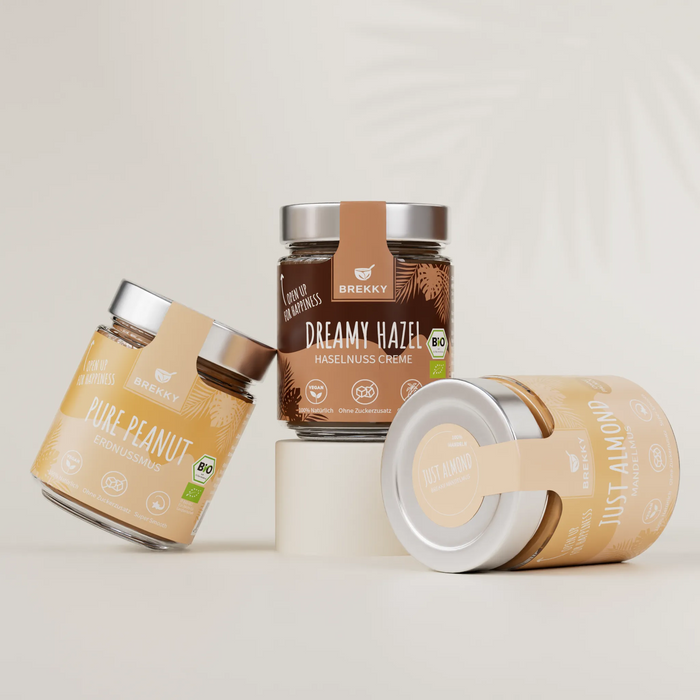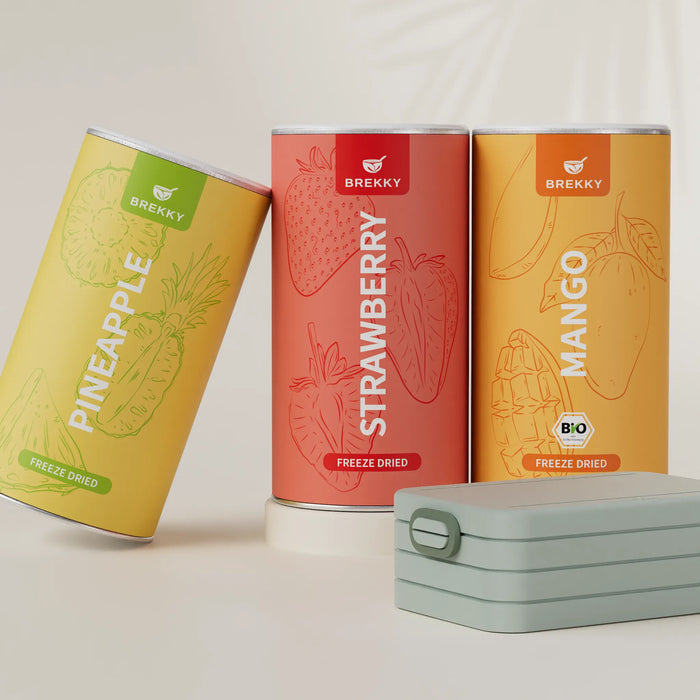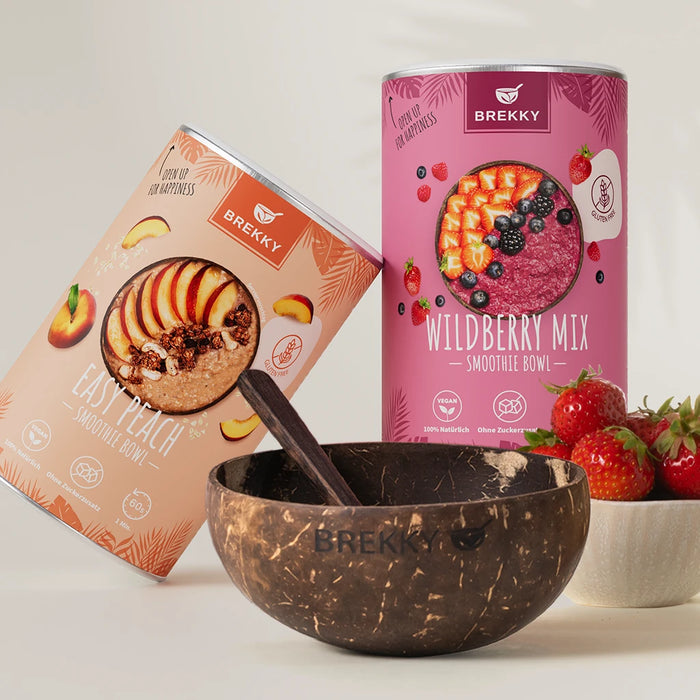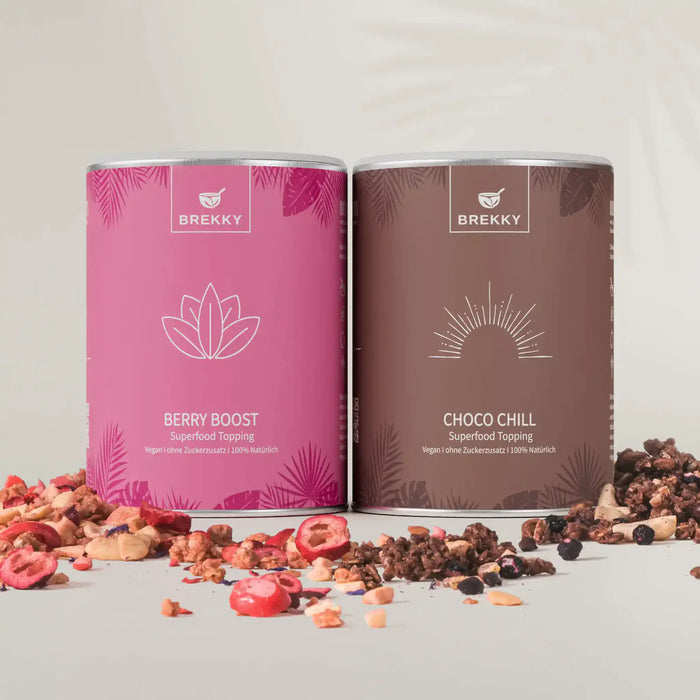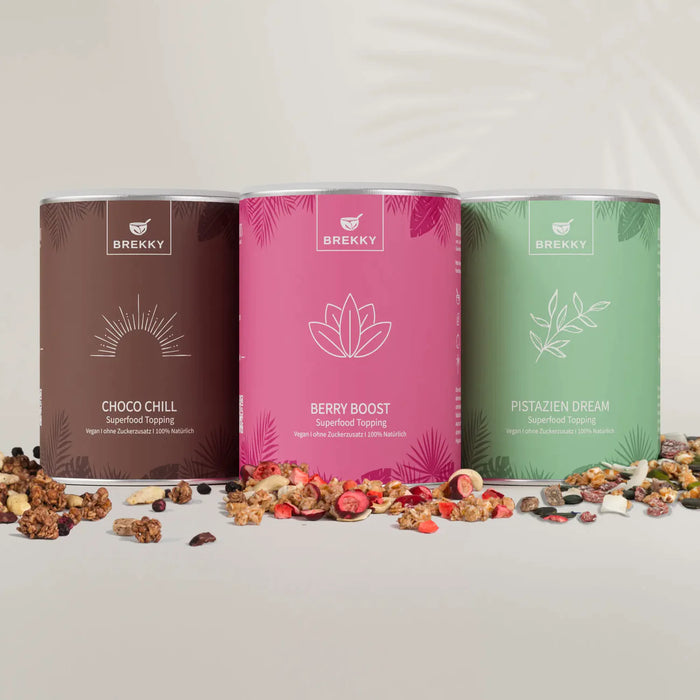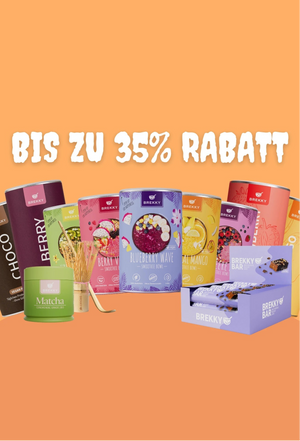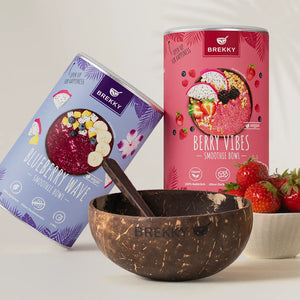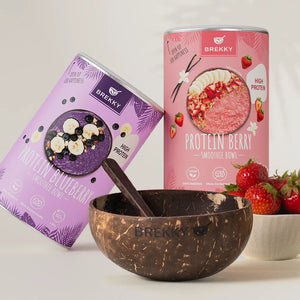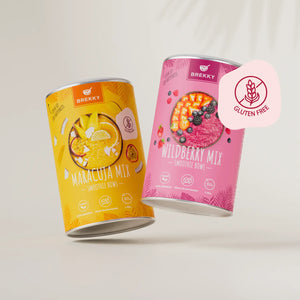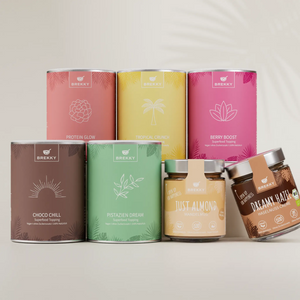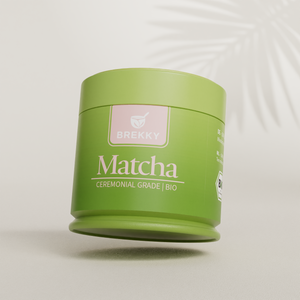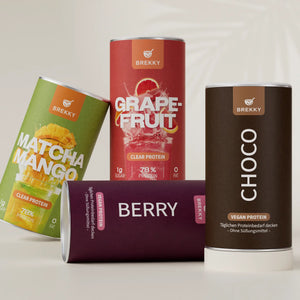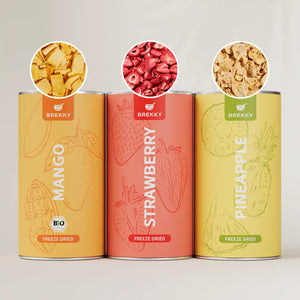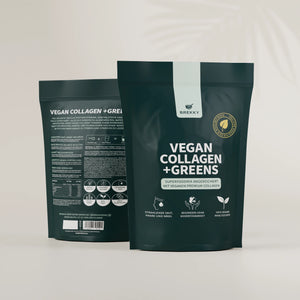Vegan Protein Powder: Your Comprehensive Guide for 2025
Contents
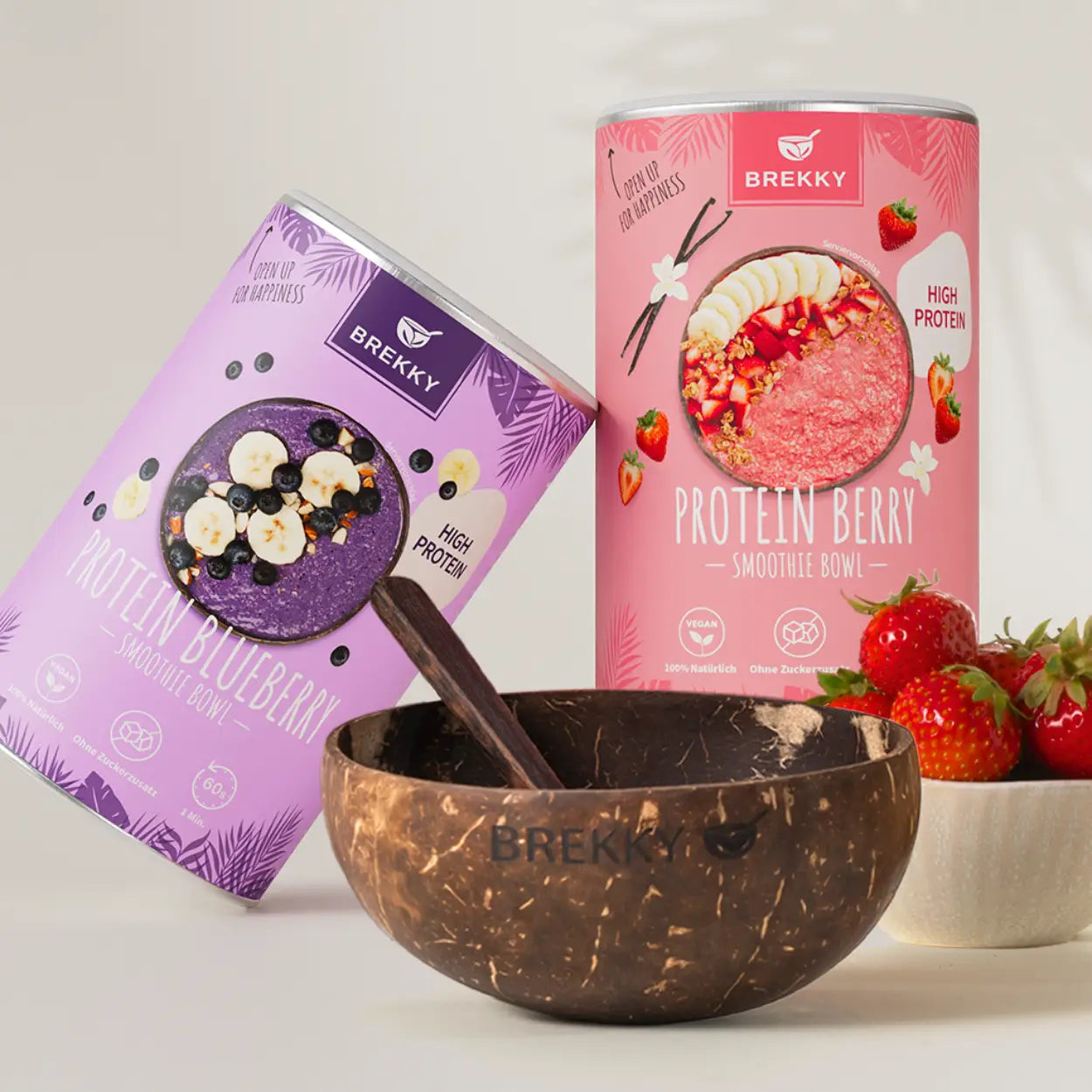
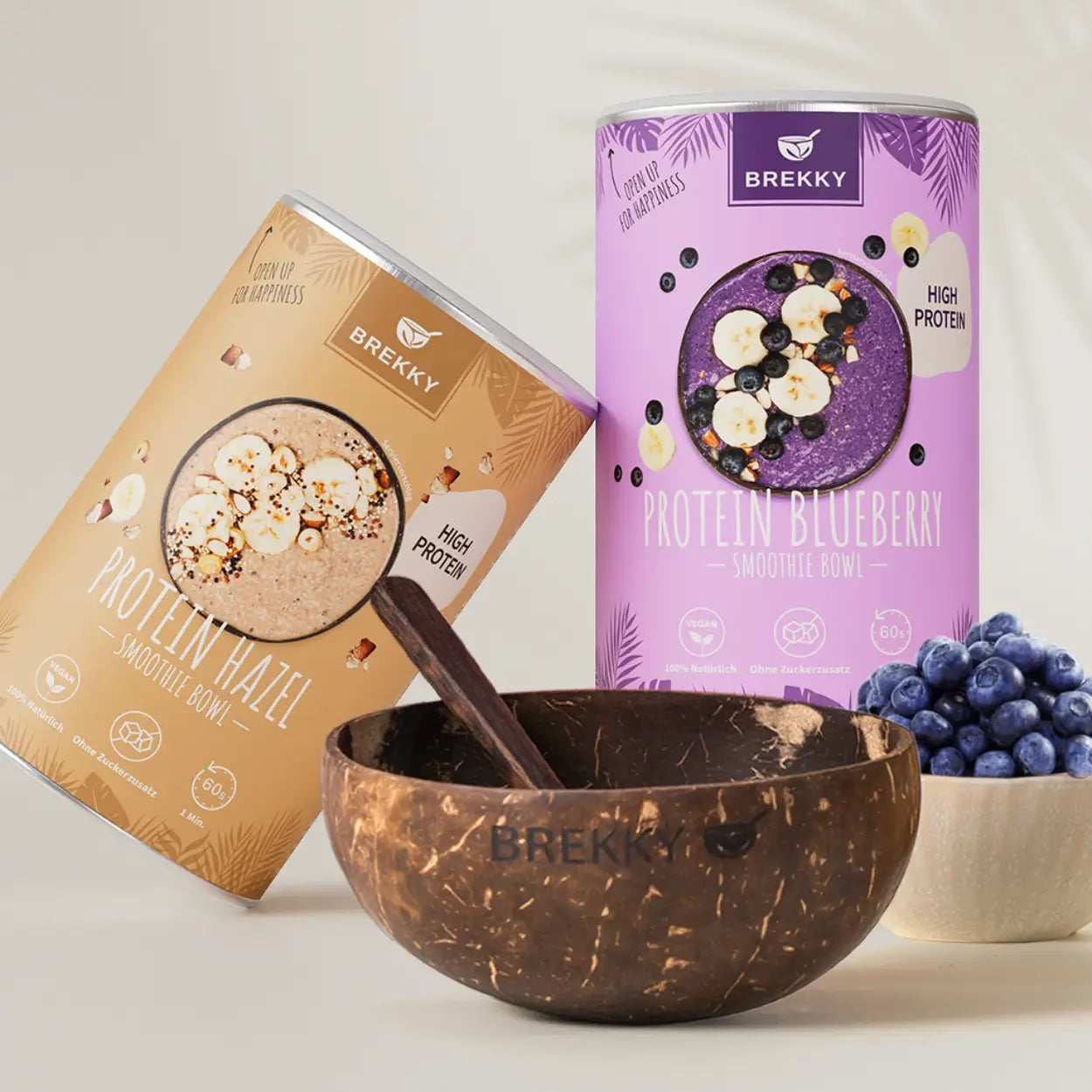
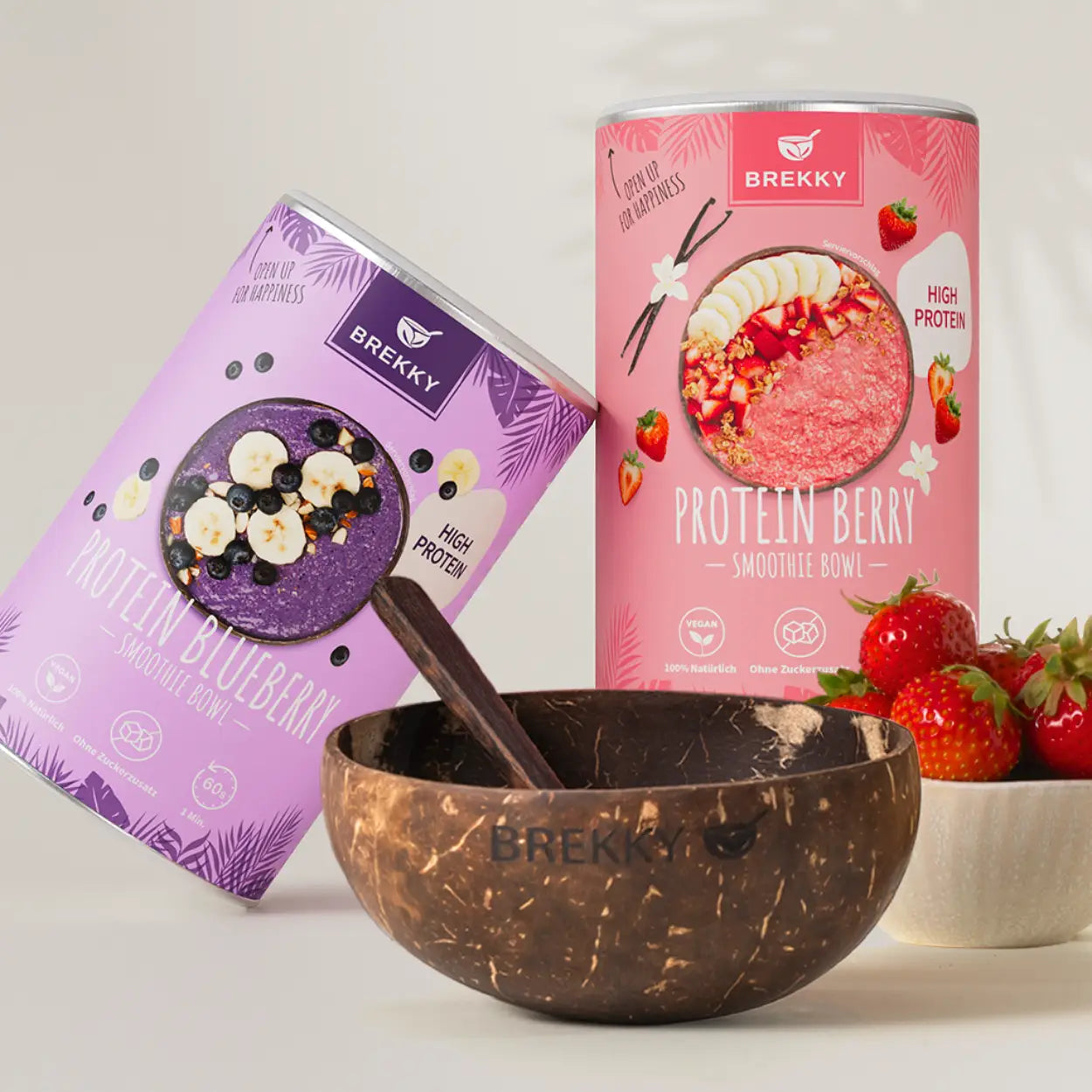
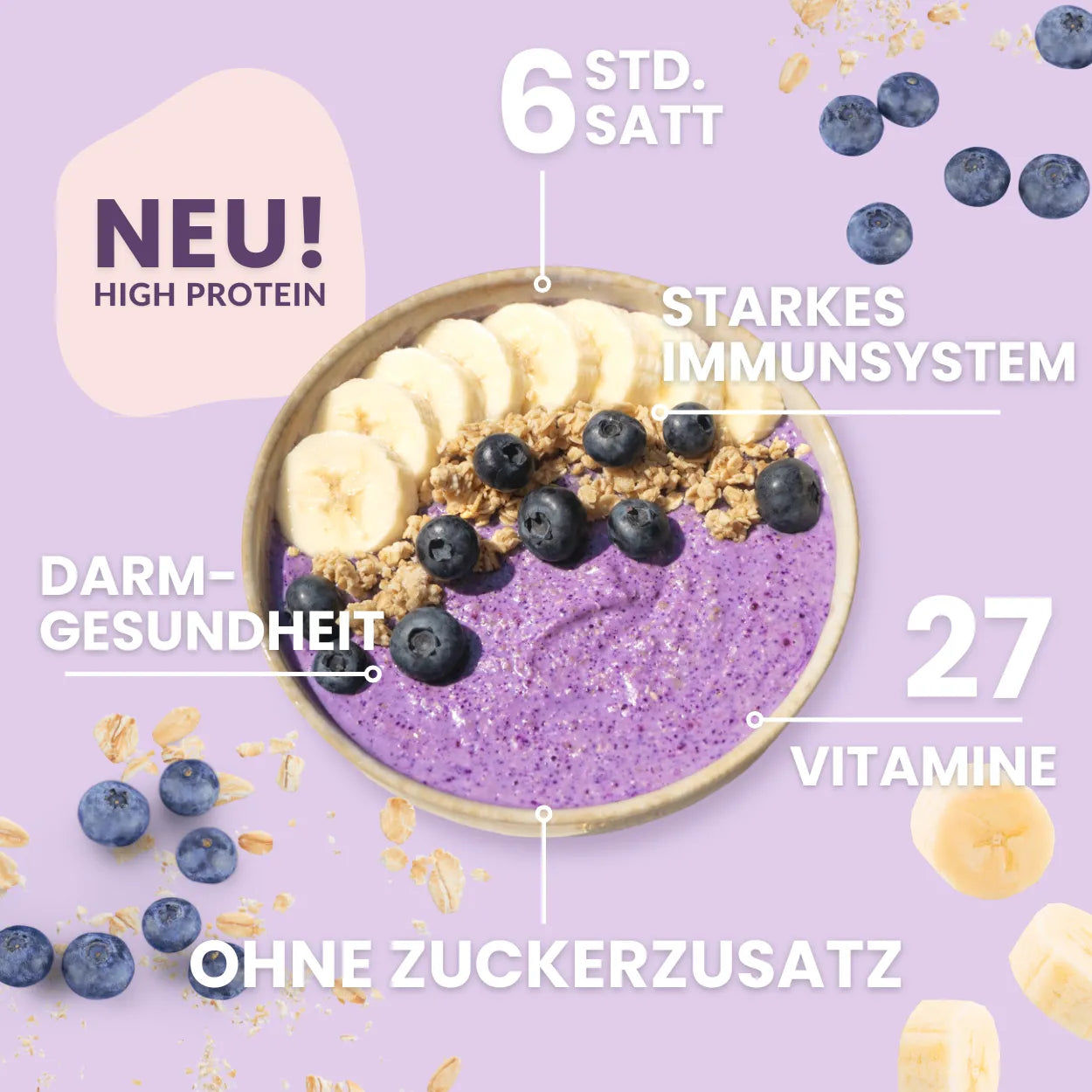
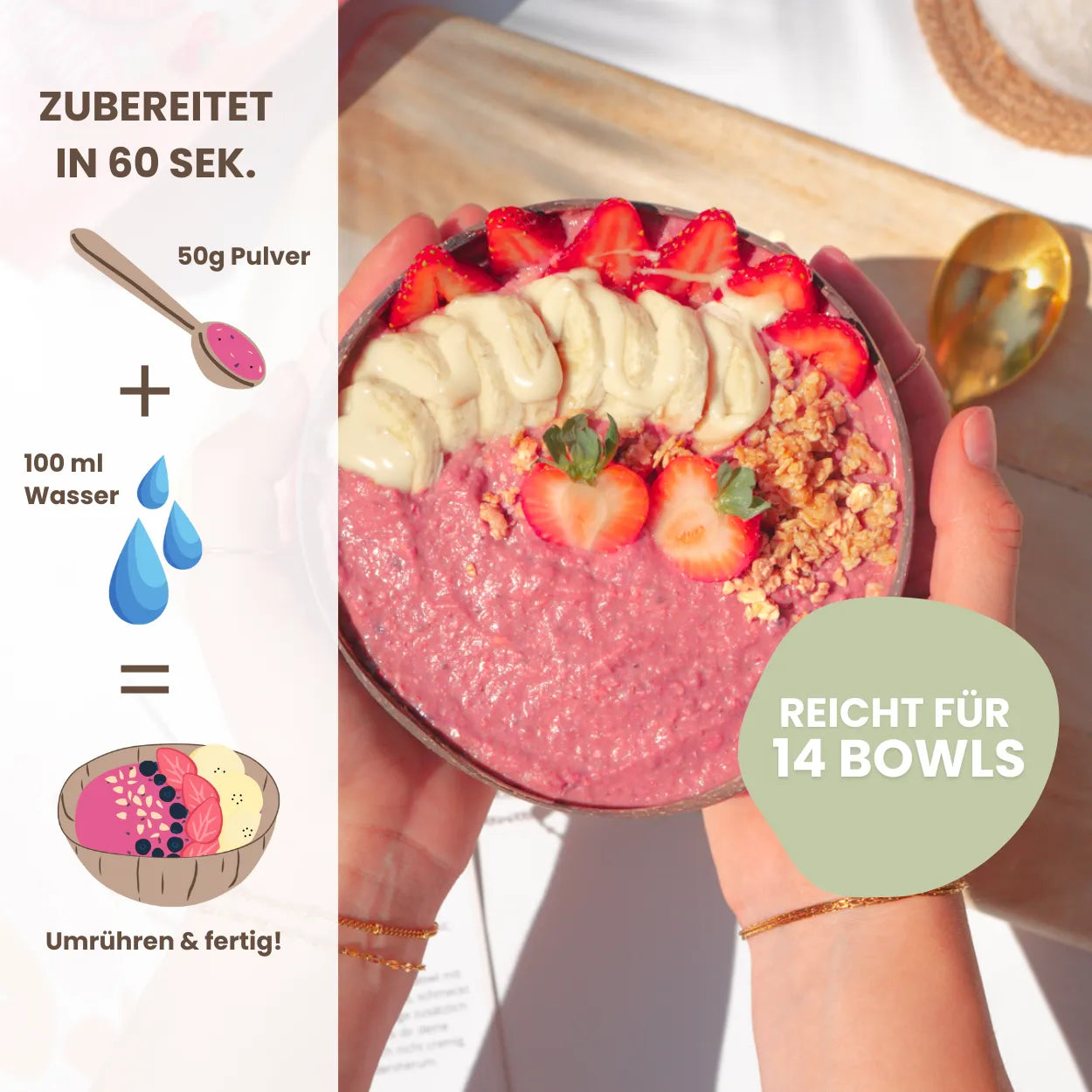
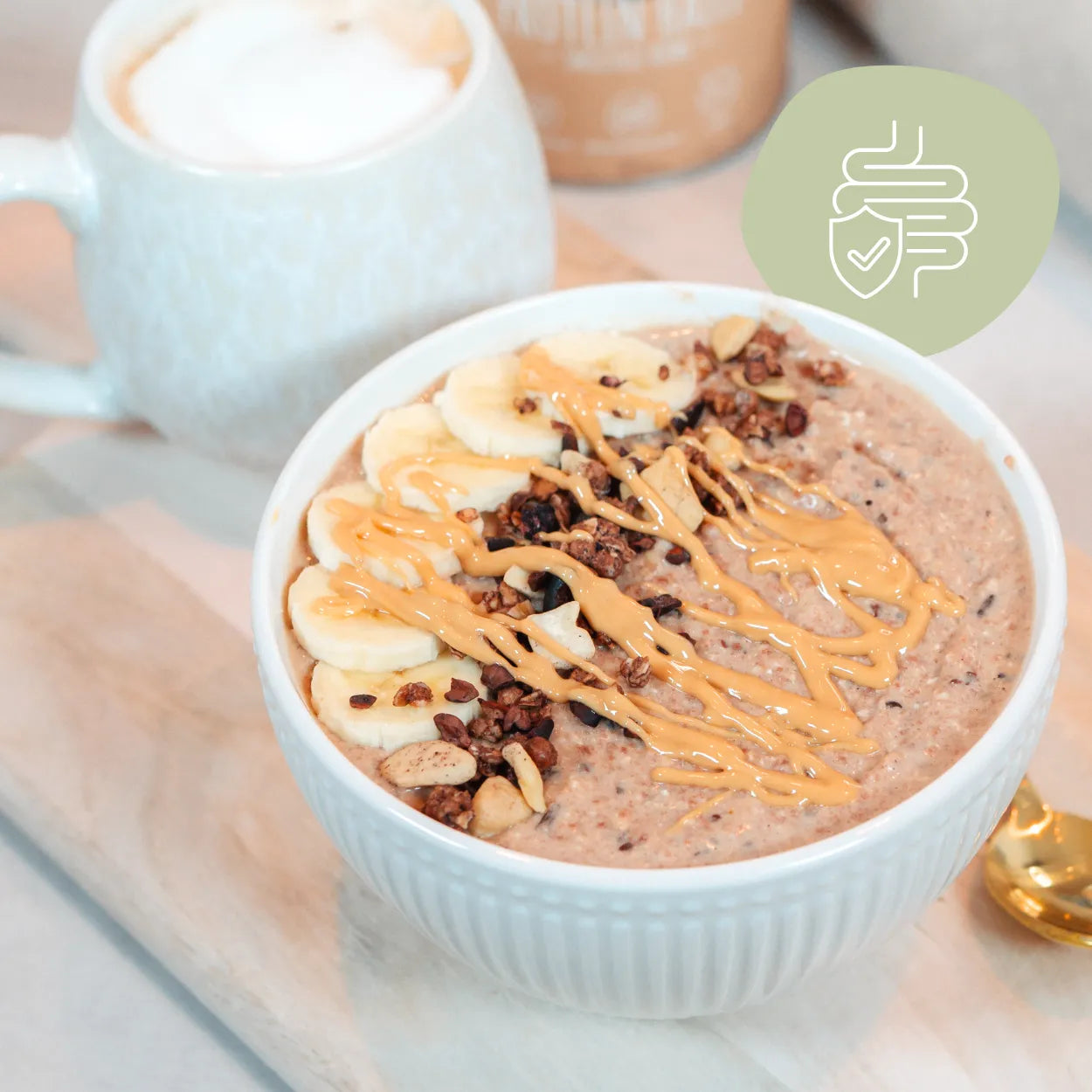
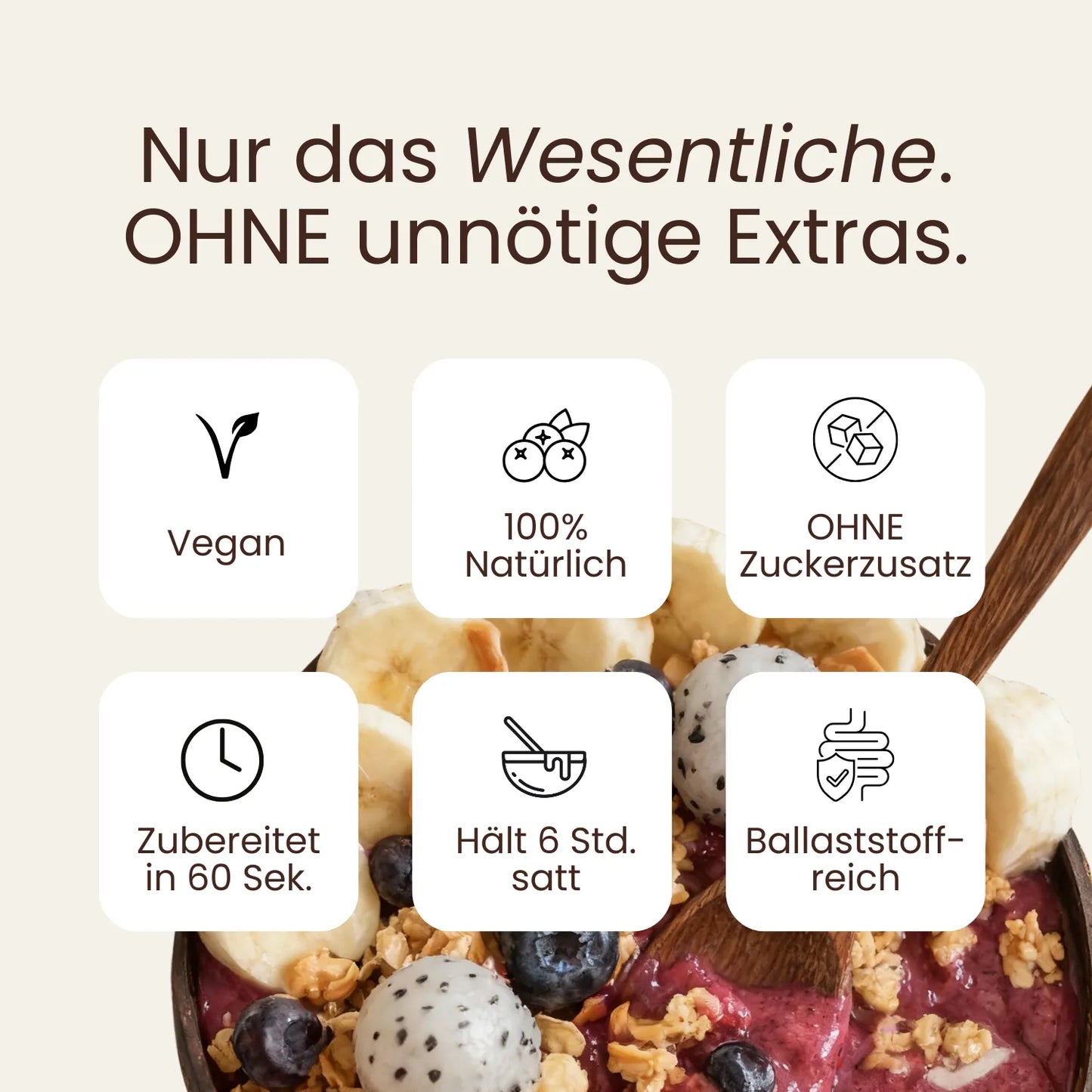

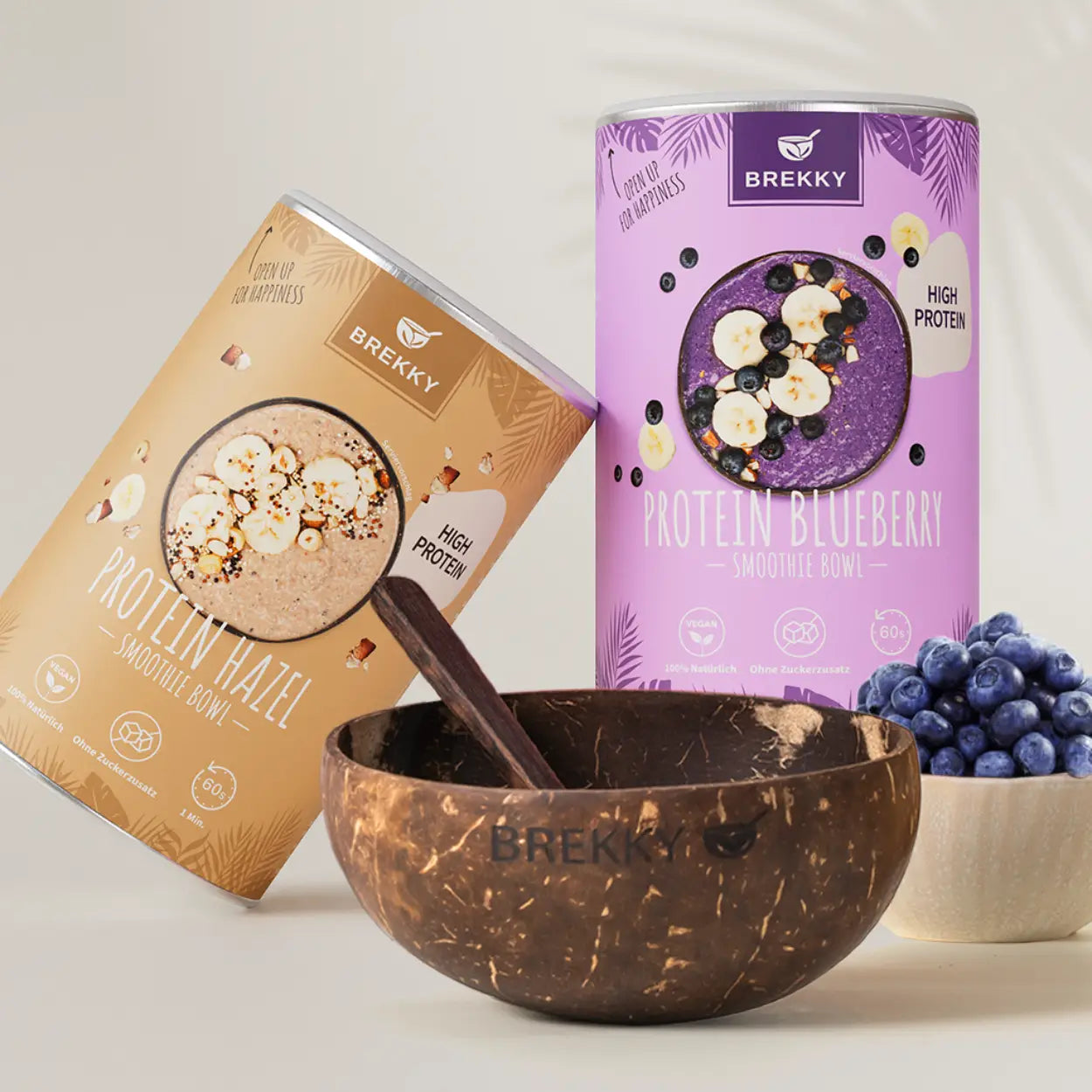
Definition and basics
Differentiation from animal protein powder
Market development and relevance
The benefits of vegan protein powder

Health benefits
- Lactose-free : well tolerated, even in cases of intolerance.
- Contains fiber : Especially in hemp and pumpkin seed protein.
- Less saturated fat : Compared to animal products.
- Alkaline instead of acidic : Plant protein supports an alkaline environment in the body.
Ecological aspects
- Lower CO2 emissions
- Less water consumption in production
- No animal husbandry necessary
Ethical considerations
Vegan protein powder is completely free from animal cruelty. No animal needs to be exploited for your nutrition. For many, this is a decisive argument.
Vegan vs. Whey Protein Powder Comparison

Vegan protein

Whey protein
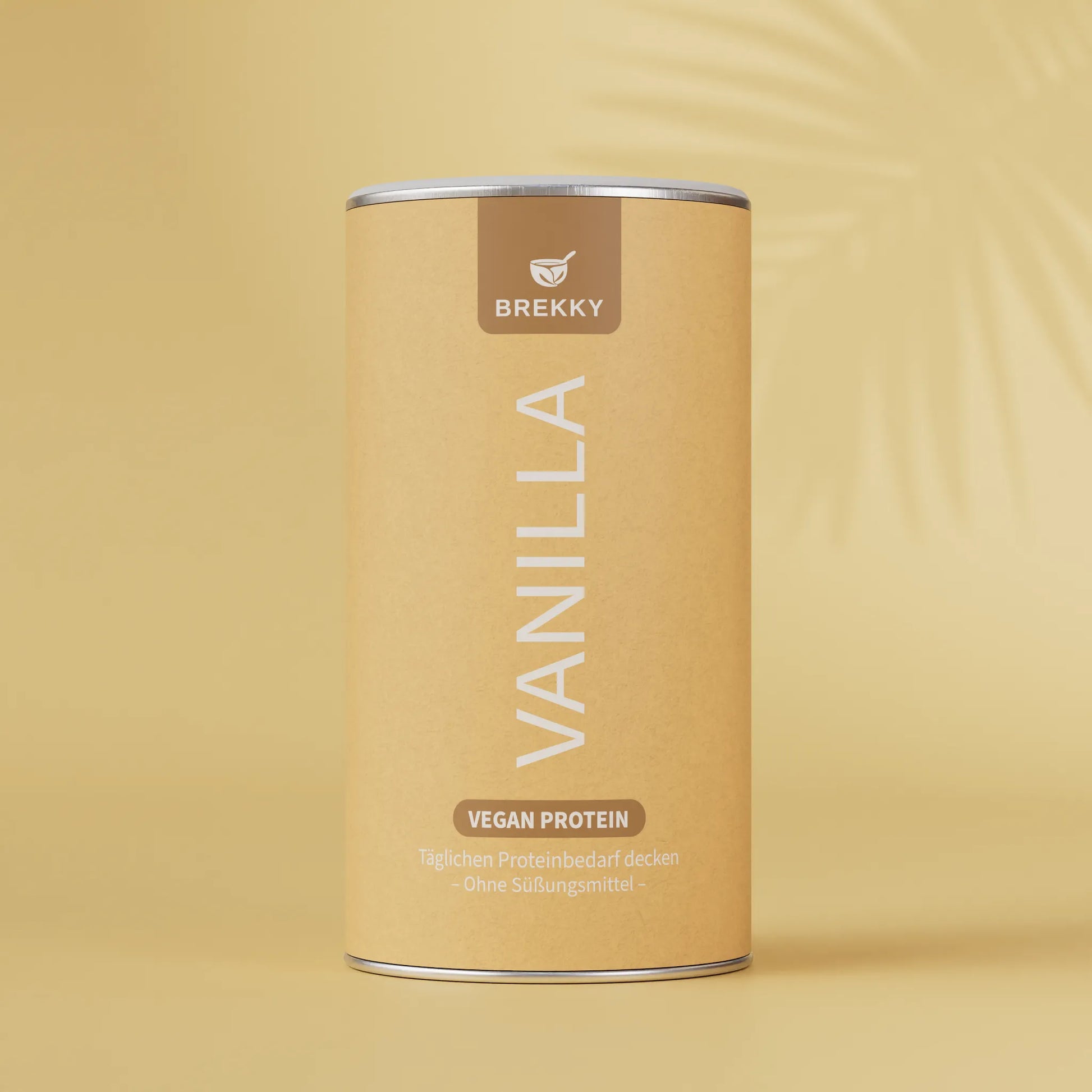
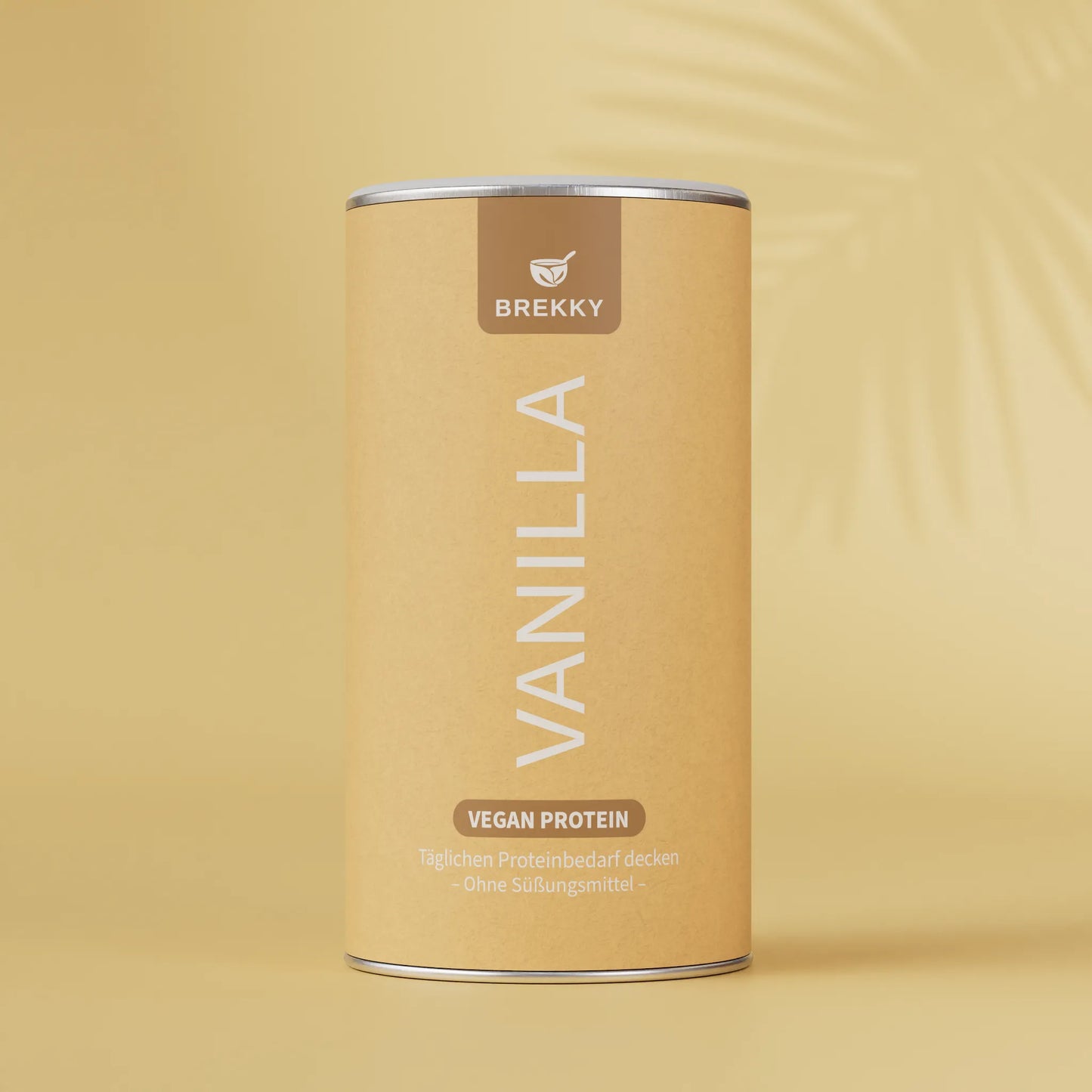
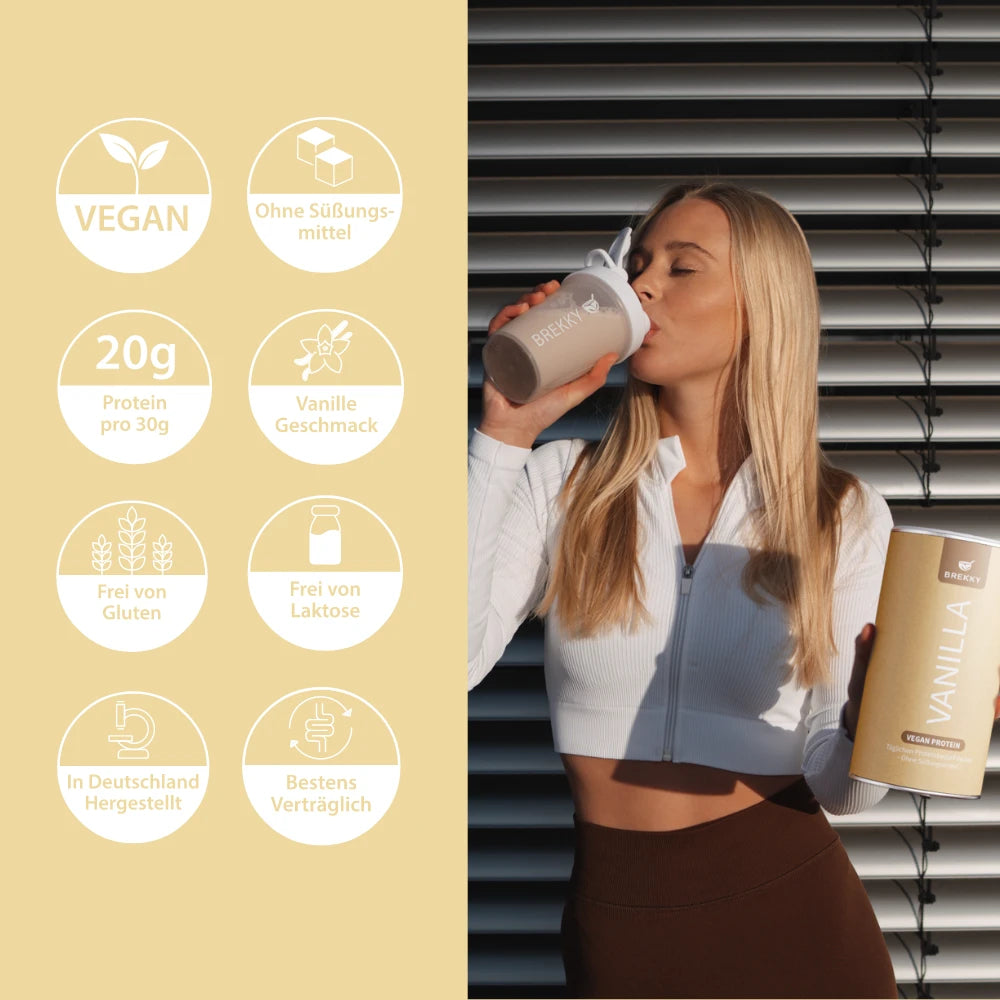
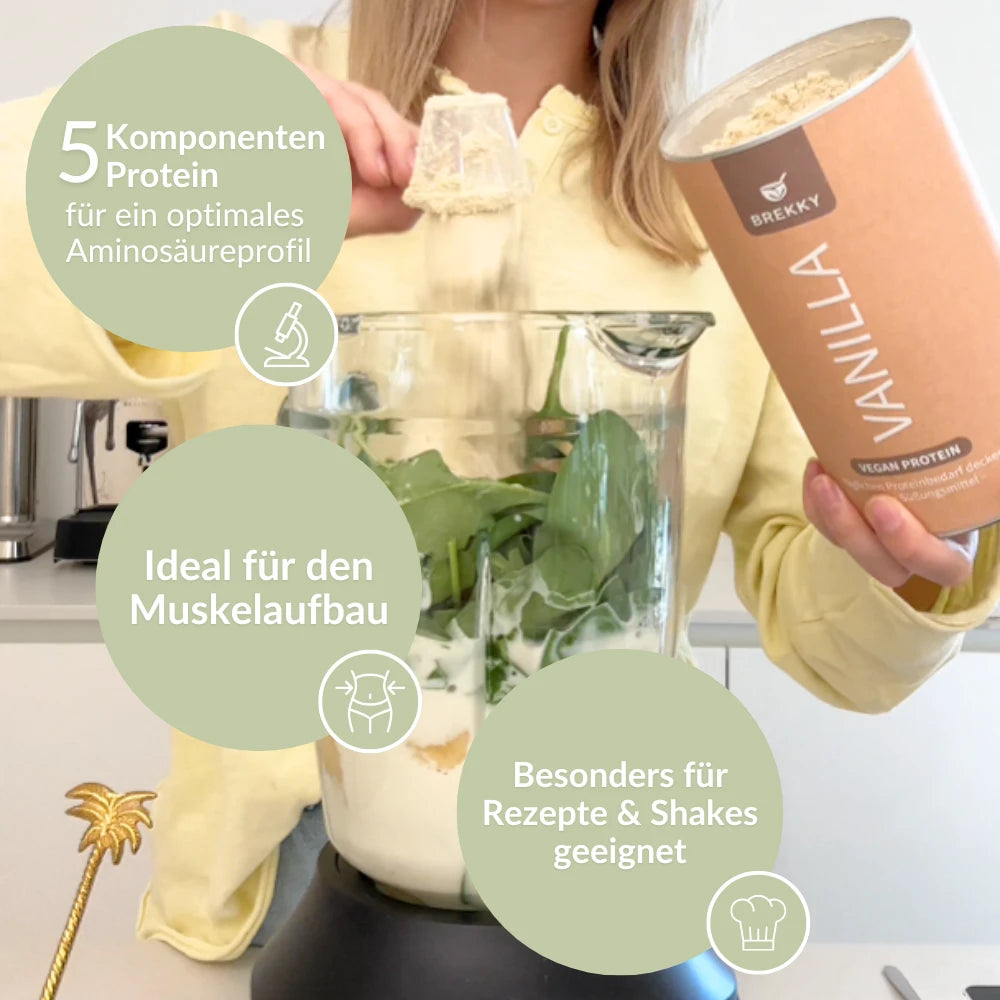
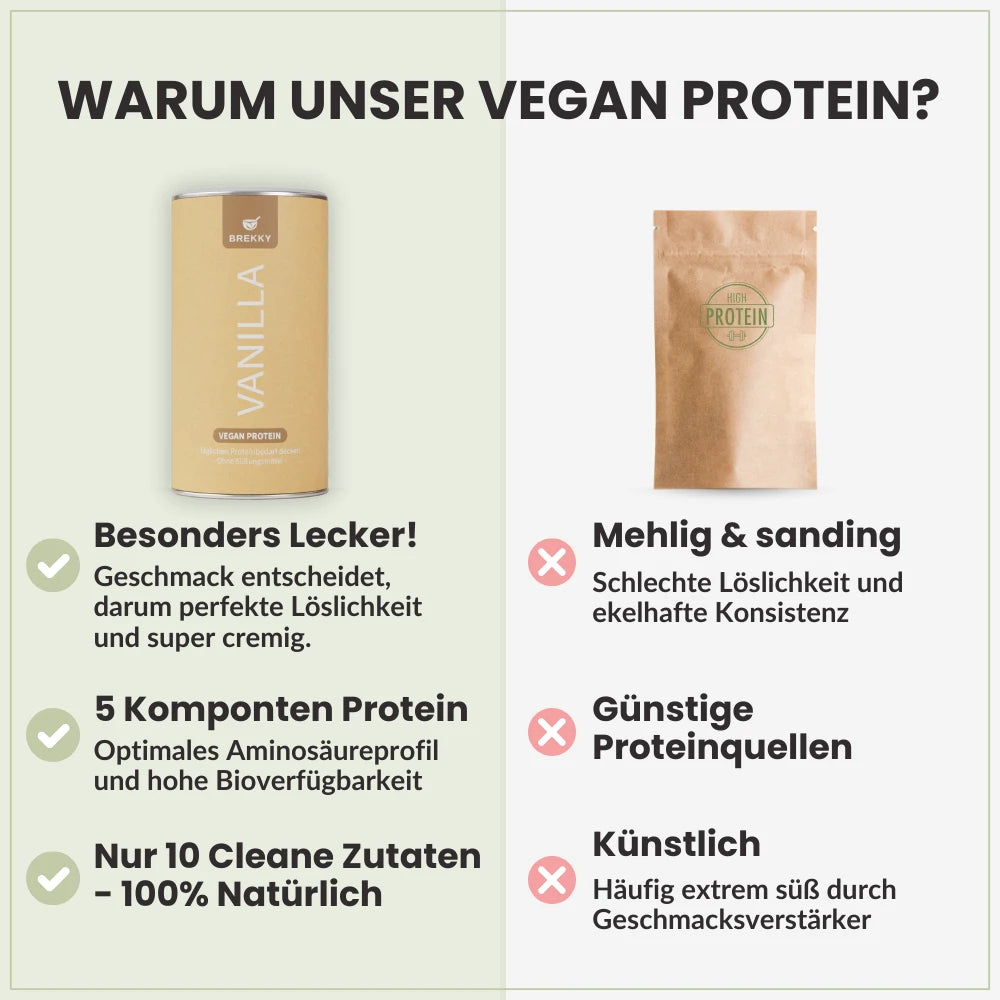


Ingredients and protein sources
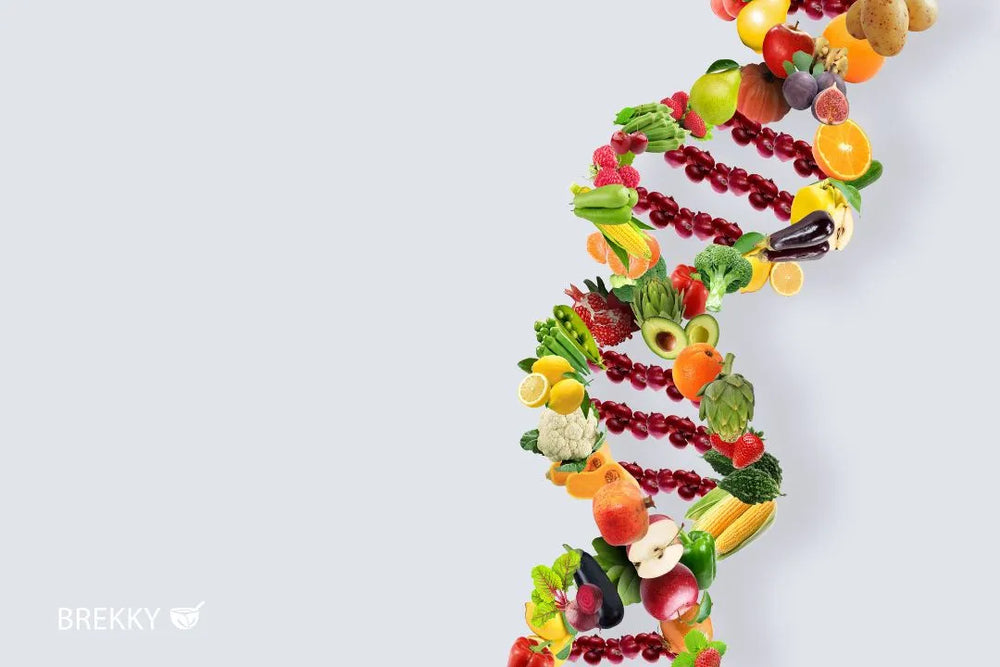
Plant-based protein sources in detail
- Pea protein – high protein content, mild taste
- Rice protein – easy to digest, hypoallergenic
- Hemp protein – contains omega-3 fatty acids
- Sunflower protein – mildly nutty, low in allergens
- Pumpkin seed protein – rich in magnesium and zinc
Amino acid profile of vegan proteins
Not all plant proteins contain all 9 essential amino acids. However, combining different sources (e.g., peas and rice) creates a complete profile.
Biological value
This shows how efficiently a protein can be utilized by the body. Combination products with various plant sources now achieve values comparable to whey.
Sweeteners and additives
Pay attention to:
- Natural sweetness through date powder, coconut blossom sugar or stevia
- No sucralose, acesulfame K or artificial flavors
Quality features and purchasing criteria
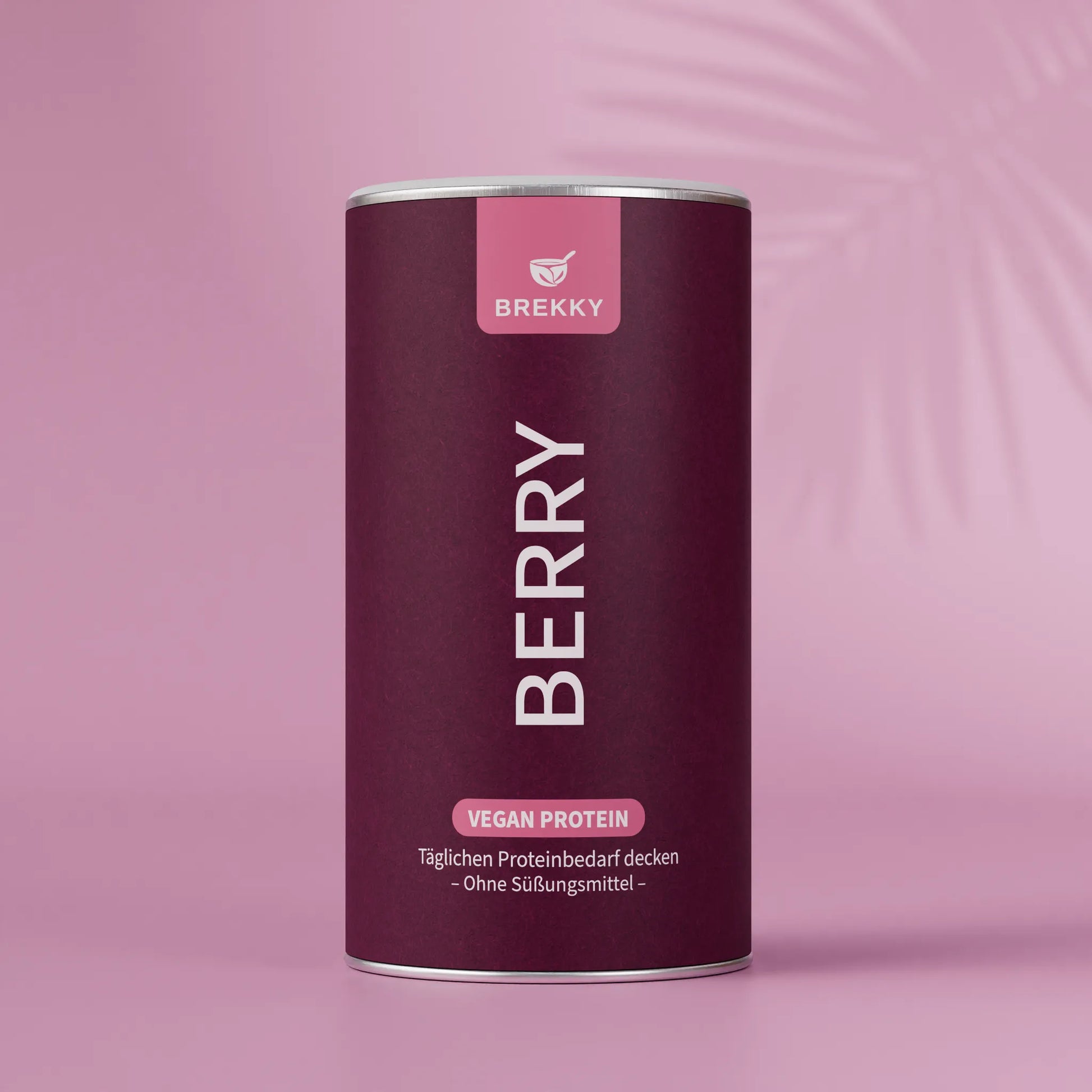
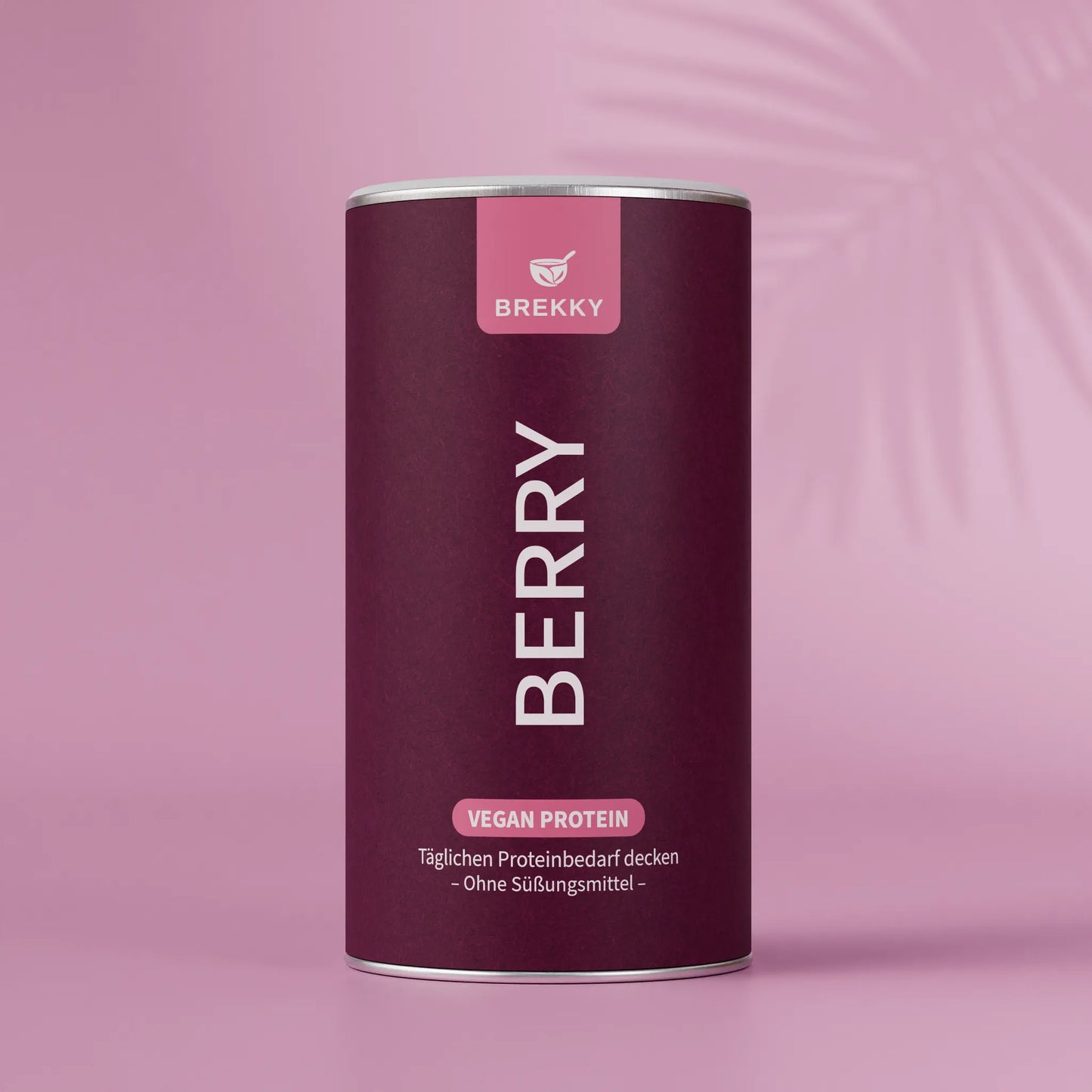
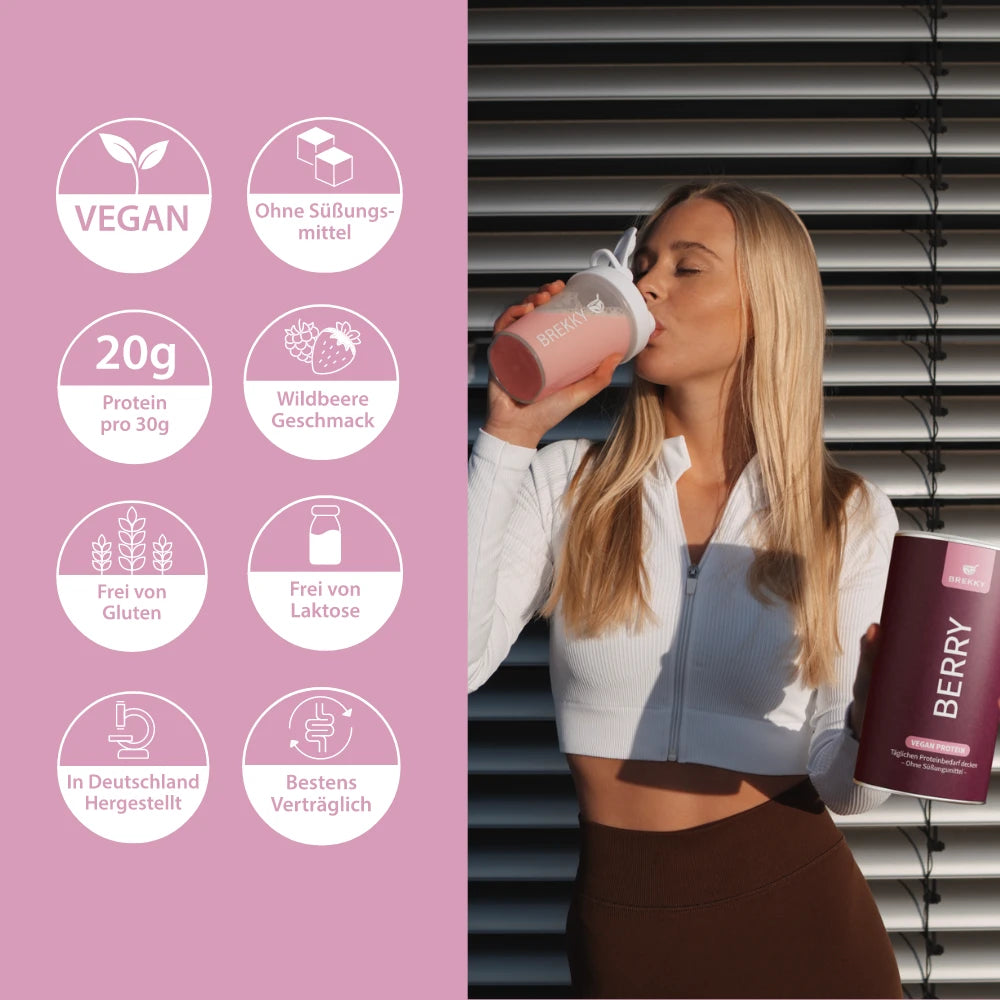
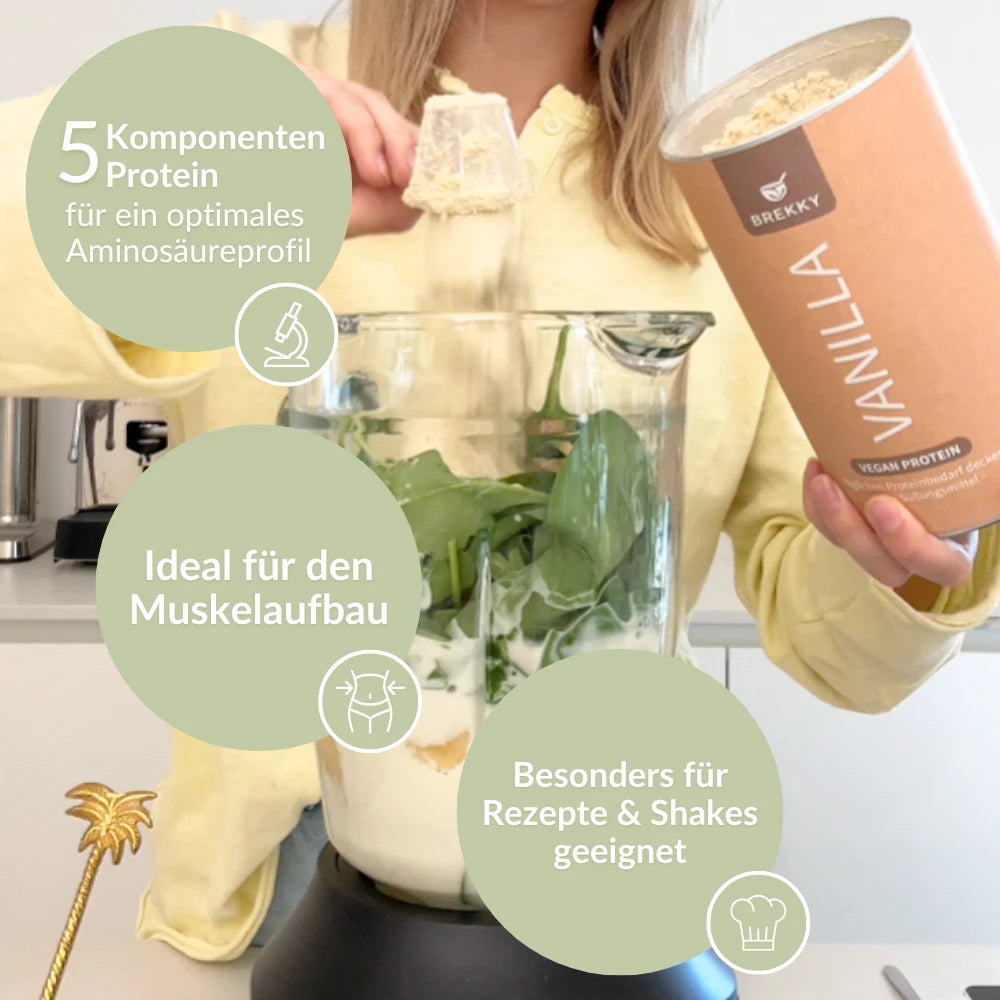
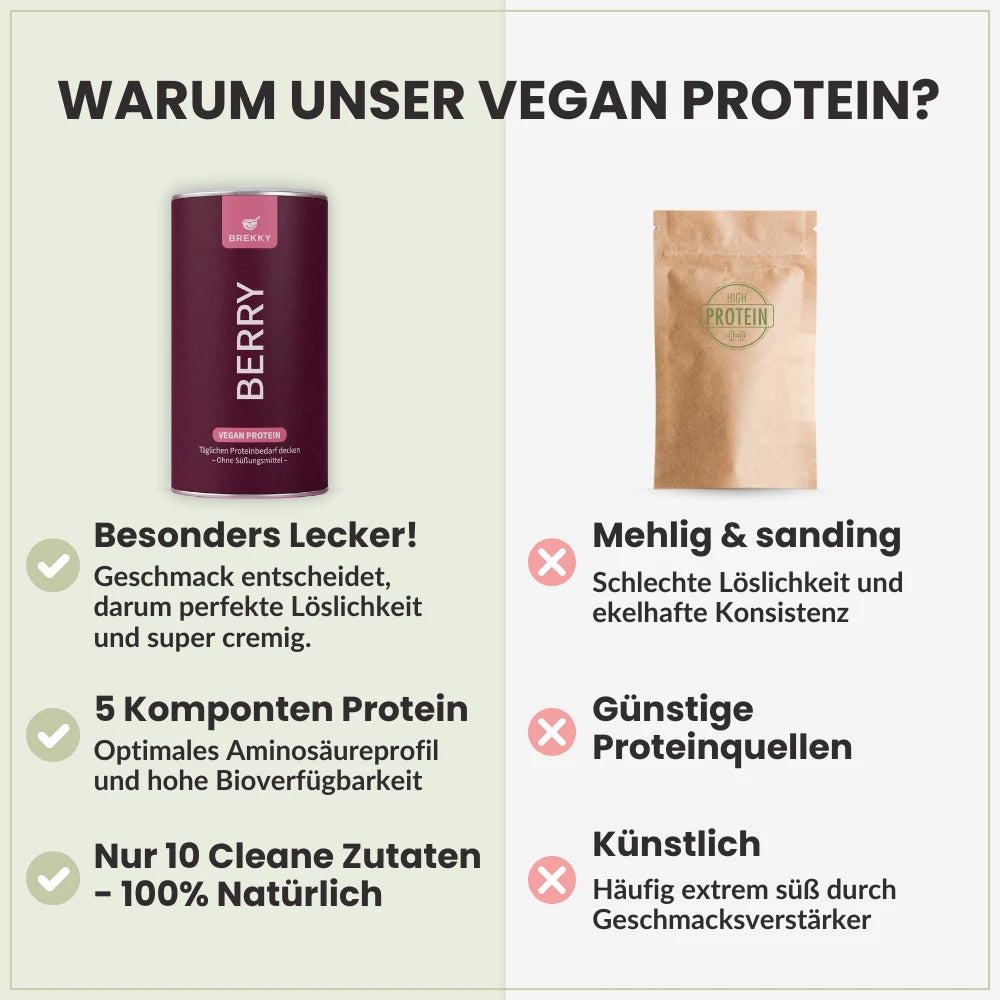


The best vegan protein powders 2025
Flavors and tolerance

Popular flavors
- Vanilla
- Chocolate
- berry
- hazelnut
Neutral and tasteless options
Ideal for baking or mixing with your own ingredients. Also good for savory recipes.
Tolerability and possible side effects
Tips for flatulence or digestive problems:
- Slowly introduce (half portion first)
- Mix with water instead of milk alternatives
- Pay attention to incompatible ingredients (e.g. inulin)
Areas of application and dosage

Building muscle with vegan protein
1–2 servings daily after training or with breakfast. Combined with strength training, it's ideal for recovery.
Support for weight loss
Protein-rich meals are more filling. Vegan protein powder can supplement meals or replace a snack as a shake.
Integrate vegan protein powder into your everyday life
- In muesli or porridge
- In a smoothie with fruit
- In vegan pancakes or waffles
Optimal dosage and timing
- After exercise: 20–30 g of protein
- Morning: With oatmeal or in a shake
- Before bed: In yogurt or overnight oats
Recipes and creative uses
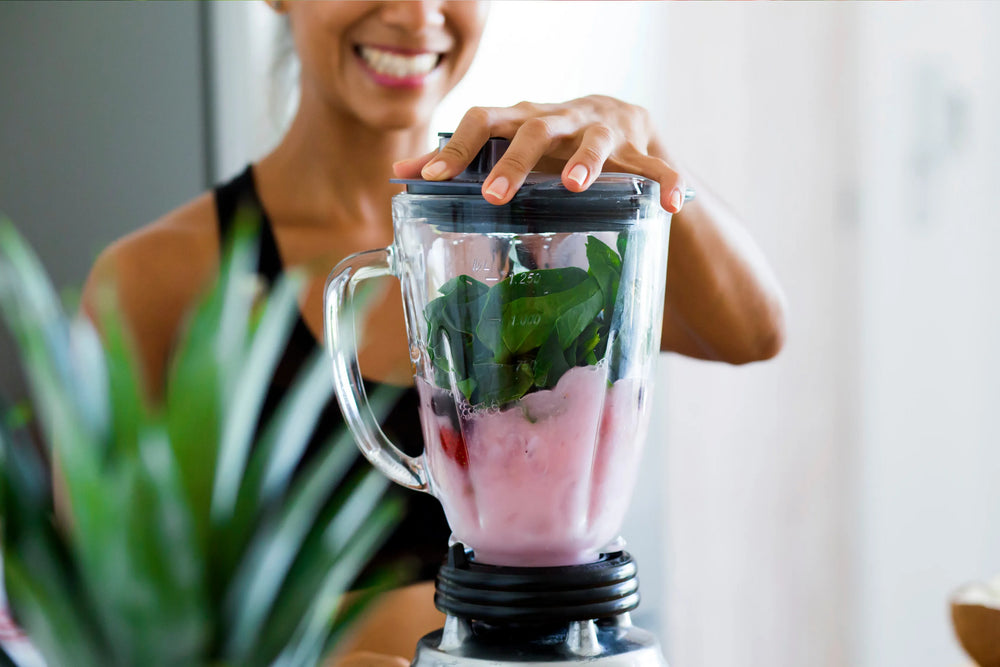
Shakes and smoothies
- Mango banana shake with vanilla protein
- Chocolate oat smoothie with dates
Baking with vegan protein powder
- Protein bread with pumpkin seed protein
- Pancakes with pea protein
Protein-rich vegan meals
- Lentil curry enriched with protein powder
- Overnight oats with sunflower protein
Breakfast ideas
- Muesli with vegan chocolate protein
- Porridge with vanilla powder and berries
